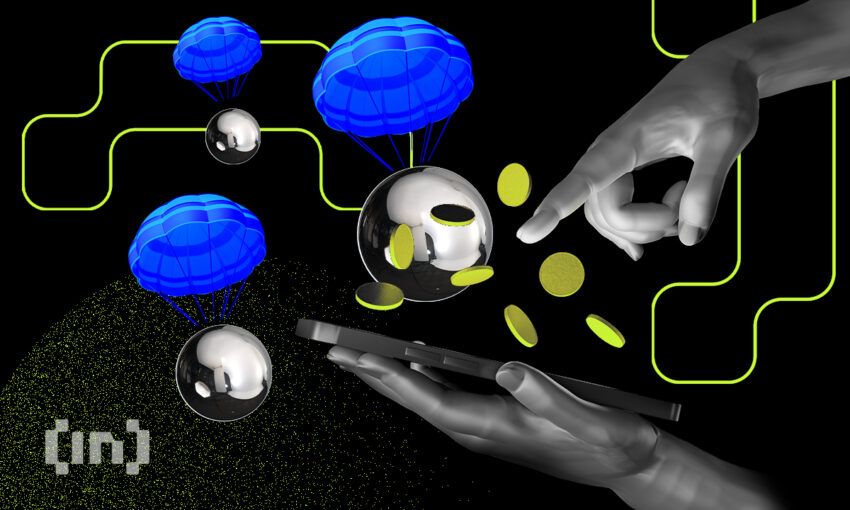The Flare project will airdrop its Flare (FLR) token to eligible XRP holders after nearly two years. The project aims to bring smart contract features to Ripple.
After a nearly two-year-long wait, the Flare project is finally airdropping its Flare (FLR) token (formally known as Spark) to XRP holders. The project released a new distribution schedule recently, saying that the token distribution would take place between Oct. 24 and Nov. 6, depending on discussions with exchanges.
Flare had planned to airdrop the token in the first half of 2021, as stated in its announcement in late 2020. The snapshot of the network itself is from that period, and there are a total of 100 billion FLR tokens.
All those eligible for the airdrop will receive 15% of the claimable Flare Tokens which have been allocated to them. Following this, the remainder will be handed out over a minimum time frame of 25 months and a maximum of 34 months. That averages to 3% per month.
All those who have held XRP in exchanges that have participated will be eligible for the airdrop. Among the platforms that support the airdrop is Crypto.com. Excluded accounts include Ripple co-founder Jed McCaleb and accounts known to have received XRP as a result of fraud, theft, and scams.
The distribution follows this schedule because the team believes that it will help achieve a successful network launch and “provide strong incentives for network participation that builds utility.” It also says that it provides much larger rewards for participants that bring value and utility to the network.
Flare Token dormancy
The Flare project is bringing smart contract capabilities like that of Ethereum to other networks, starting with Ripple. It also plans to bring the feature to Litecoin (LTC).
The Flare project essentially wants to bring DeFi capabilities to the network. In addition, the Flare Token will also provide functionality related to protocol governance, collateralization, and providing data via an on-chain oracle.
The likely reason for the project’s delay is the legal battle between Ripple and the SEC. This has been going on for years and is set to conclude soon — with the lawsuit likely to go in favor of Ripple. There are signs of a positive movement for the XRP price. Whales have bought around 300 million XRP in the last few months.
XRP experiencing positive technical developments
The XRP token has had a fairly good year, with both the end of the lawsuit and technical developments indicating a good future. Ripple NFTs are set to go live in roughly two weeks, and several collections are preparing for launch.
Ripple also wants to make XRP compatible with the Ethereum network. It plans to do this with Ripple Labs and Peersyst launching an XRP Ledger Ethereum Virtual Machine (EVM)-compatible sidechain on the XRPL Devnet. This would allow Solidity developers to test their apps on users on the devnet.
Disclaimer
In adherence to the Trust Project guidelines, BeInCrypto is committed to unbiased, transparent reporting. This news article aims to provide accurate, timely information. However, readers are advised to verify facts independently and consult with a professional before making any decisions based on this content. Please note that our Terms and Conditions, Privacy Policy, and Disclaimers have been updated.


